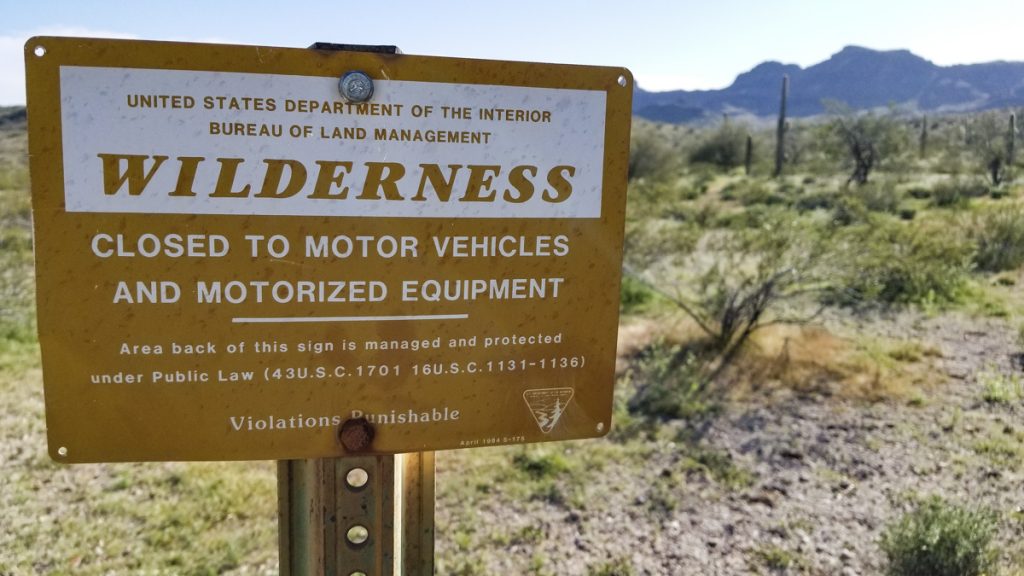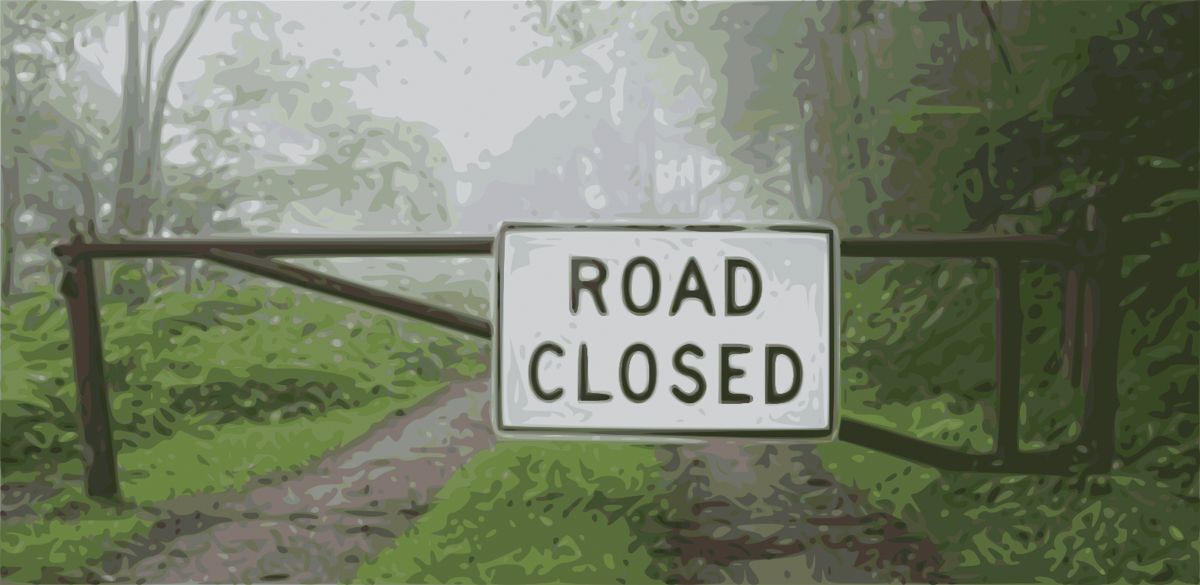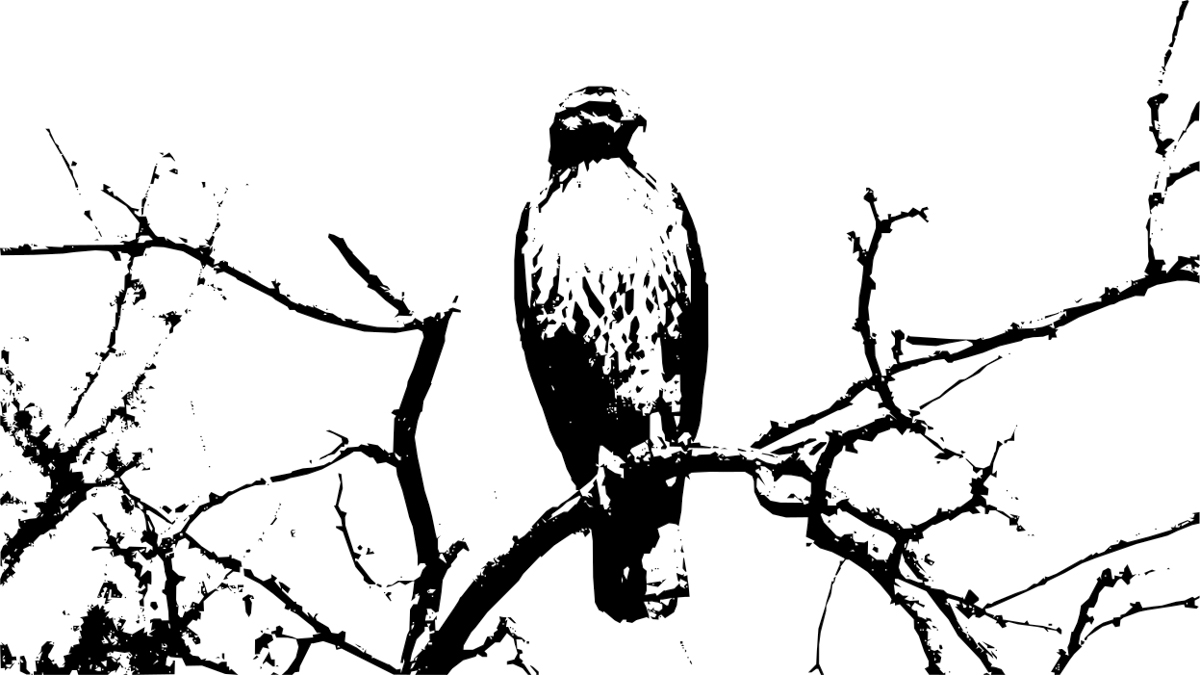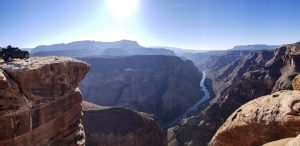Land Use
Re-wilding America | the plan of a radical environmentalist.
Originally Published in Issue 35 of 4Low Magazine
Make sure to subscribe to get the newest issues of 4Low Magazine right to your mailbox. CLICK HERE
By Kevin Allard
Travel Management Planning is just one step towards complete closure. Road closures suck, I think we can all agree on that. When a backroad is closed, it hinders access to some of the most beautiful places in western America. Our elders and children are quickly losing those memorable places that we once enjoyed. Environmentalists suck too. They say the western way of life damages the environment and consider our hobby destructive. Environmentalists claim we disturb wildlife, destroy artifacts, cause erosion, and pollute the earth. But yet, if you spend any time in nature, you will see life flourish.
The truth is, the everyday environmentalist and even the professional biologists are as manipulated as cigars that cure cancer. Mertonian Norms assure that all aspects of science follow a communist philosophy and deem anything else pseudoscience, anti-science, or climate change denial. Studying the papers written by Robert K. Merton, the “founding father of modern science,” is eye-opening when dealing with today’s environmental issues. It’s a successful attempt to completely discredit pioneering scientists’ philosophies who contributed to the advancement of human society.
Creating more and more wilderness and protected areas is becoming the norm for federal land management. Many firmly believe that the only way to sustain life on earth is to encapsulate ourselves in modern sustainable cities. The only way to achieve that goal is a complete rearrangement of human society, and recent current events should show you, it’s all coming to a head now. It makes you wonder what the World Economic Forum means when they say “The Great Reset.”
The deception goes deeper then what we can describe in one article. What you’re about to read is just one aspect of the alternative plan for America. From the United Nations to your local Game and Fish Department, find out exactly how the environmentalist dream to re-wild America is in full swing and now on the table.
The Wildlands Project
If you’ve never heard of the Wildlands Project, well, I’m glad you’re here. For years the project has been called a conspiracy theory. Despite the criticism, it is a fact that non-governmental organizations are working on completing a wilderness system that makes today’s environmental policy look like child’s play. It is not a law or regulation. It’s a call to action for all environmentalists of the early 1990s. When you look at this plan, you start to realize that travel management and resource management planning are just one step towards re-wilding America.
Reed Noss is the scientist who developed the idea of creating wilderness corridors to connect different protected areas around the US. His plan was picked up by the Nature Conservancy and eventually a man named Dave Foreman, who is also the founder of Earth First and the Cenozoic Society. Reed Noss published his master plan in a magazine called Wild Earth, a magazine published by the Cenozoic Society. In this special edition of Wild Earth magazine, he describes his master plan to connect National Forests, National Parks, Wildlife Refuges, and wilderness areas with “wildlife corridors” with no human activity. These areas would be surrounded by “buffer zones” with little to no human activity.
Under this grand scheme, complete elimination of mining and agriculture would be slowly phased in. Full closure of all roads leaving no more than a quarter-mile of roadway per square mile would destroy multiple use. And burdensome regulations would stop you from moving dirt on your property. As you read the bizarre document, you see a complete correspondence with the current policy closing roads across America.
There is no doubt that Dr. Reed Noss has some rather extreme views. It’s the outright admittance of the radical environmentalist ideology. It’s a “broad idea,” according to Dr. Noss, “to grope our way back to October of 1492.” Dr. Noss wishes to redefine what a wilderness area is and how wildlife conservation is governed. He lays out his idea to close roads and designated those areas as wilderness.
In the Wildlands Project, Dr. Noss writes,
(Page 15) “I suggest that at least half of the land area of the 48 conterminous states should be encompassed in core reserves and inner corridor zones (essential extensions of core reserves) with the next few decades; I also believe that this could be done without great economic hardship. Nonetheless, half of a region in wilderness is a reasonable guess of what it will take to restore viable populations of rare carnivores and natural disturbance regimes, assuming that most of the other 50 percent is managed intelligently as buffer zones.”
(Page 28) “Mining is an inappropriate use of public lands in virtually all cases. Vehicle use of established roads must be entirely prohibited. By freeing Forest Service, BLM, and state lands of such multiple-abuses, many roads, and other developments could be closed -thereby greatly increasing the amount of land available for Wilderness Recovery.”
Scan the QR code to read the special issue of Wild Earth 
Next issue, we’ll lay out what else is happening and provide some contacts for you to continue the fight to keep Public Lands Open to the Public.
Originally Published in Issue 36 of 4Low Magazine
Make sure to subscribe to get the newest issues of 4Low Magazine right to your mailbox. CLICK HERE
Re-wilding America | the plan of a radical environmentalist. Pt 2
By Kevin Allard
“Sustainability” the new religion
The term sustainable development was coined by a woman named Gro Harlem Brundtland. She served three terms as Norwegian Prime Minister between 1989 and 1996. An active member of the Labor Party, she entered government in 1974 as Minister of The Environment in Norway. She later became president of Socialist International. After her resignation as Prime Minister, she became an international leader in sustainable development. Likewise, she served as director of the World Health Organization and currently serves as Deputy Chair of The Elders.
In 1983 Brundtland was appointed to establish and chair the United Nations World Commission on Environment and Development (WCED) that later became known as the Brundtland Commission. In 1987 the Brundtland Commission published its report called Our Common Future. The report paved the way for many United Nations treaties that formed environmental policy worldwide, including the United States. One of those treaties was The Convention on Biological Diversity.
The Clinton administration signed several UN treaties, including The Convention on Biological Diversity. The agreement calls for all member states to produce a Global Biodiversity Assessment. In 1992, the first Global Biodiversity Assessment was published under a grant from the Global Environment Facility in coordination with the World Resources Institute and the World Wildlife Fund. The International Union for The Conservation of Nature provides the Biodiversity Assessment as a guide for lawmakers to implement the US agreement. In the Global Biological Assessment, it explains the Wildlands Project will be the central theme for wildlife species conservation in America.
The plan to re-wild America
Many people aren’t aware that most of western America lies in the middle of “The Western Wildway.” The Western Wildway is one of several projects spearheaded by the Wildlands Network. The project consists of many big names in wildlife conservation. They are working together to re-wild North America and usher in the ideas of Dr. Reed Noss. The Western Wildway consists of “Core Reserves” that are the premiere focus for wildlife conservation.
Secretarial Order 3362 from the Department of Interior ordered the Bureau of Land Management, Forest Service, and National Park Service to work with state agencies and non-governmental organizations to create action plans. It aims at creating wildlife corridors across multiple western states, utilizing roadless areas on the state, federal, and even private land. Secretary Zinke proudly prizes his achievement as a win for the hunting community.
“My goal is healthy herds for American hunters and wildlife watchers, and this order will help establish better migration corridors for some of North America’s most iconic big game species like elk, mule deer and antelope,” said Secretary Zinke in a Department of Interior press release.
On the contrary, In the Wildlands Project, Dr. Reed Noss writes,
“In recent years, new roads, both within and surrounding publicly-owned land, particularly National Forests, have increased access into bear habitat or along its perimeter. Accompanying this access also is an increased use of modern technology by bear hunters; the availability of CB radios, 4-wheel drive vehicles, ATVs, and radio-collared hunting dogs has lead to increasing efficiency in harvesting bears. Growing numbers of other kinds of hunters also put pressure on the resource. In addition, there are added economic incentives to kill bears for their hides, claws, teeth, cubs, and more recently, gall bladders.”
Several western states published action plans in response to Secretarial Order 3362. Let’s use Arizona as an example.
In October of 2019, The Arizona Game and Fish published its action plan, “Improving Habitat Quality in Western Big Game Winter Range and Migration Corridors.” In this plan of action, AZGF, non-governmental organizations, and Federal agencies identified several wildlife corridors across Arizona. Multiple numbers of big game species were collared and tracked from their winter to summer range.
In their report, the Arizona Game and Fish suggests that agriculture, grazing, private property, and mining cause fragmentation of wildlife corridors. The Arizona Game and Fish project is a direct correlation with the Wildlands Project.
It’s important to note that Arizona Game and Fish plays an essential role as a “cooperating agency” during travel management planning. They are responsible for representing the state of Arizona while making decisions with road closures. There is no doubt, whether they are aware of it or not, the Arizona Game and Fish is working on completing Dr. Reed Noss’s vision of re-wilding America. And yes, the report cost taxpayers $550,000.
Scan the QR code to view your state’s action plan.
The proposed legislation that will re-wild America
Rep. Tom Udall has introduced legislation to designate wildlife corridors across America. Under this legislation, federal land managers would be mandated to create wildlife corridors, and the vision of the Wildlands Project would become law. The bill calls to establish a Wildlife Corridors Stewardship Fund to provide the Nature Conservancy with a multimillion-dollar budget to purchase private property and grow the federal estate. The Wildlands Network wrote the bill and is proudly supporting it. The same legislation has been introduced over the past two years and may be re-introduced at any time.
CONTACT YOUR ELECTED OFFICIALS AND ASK THEY SAY NO TO THE WILDLIFE CORRIDORS CONSERVATION ACT.





